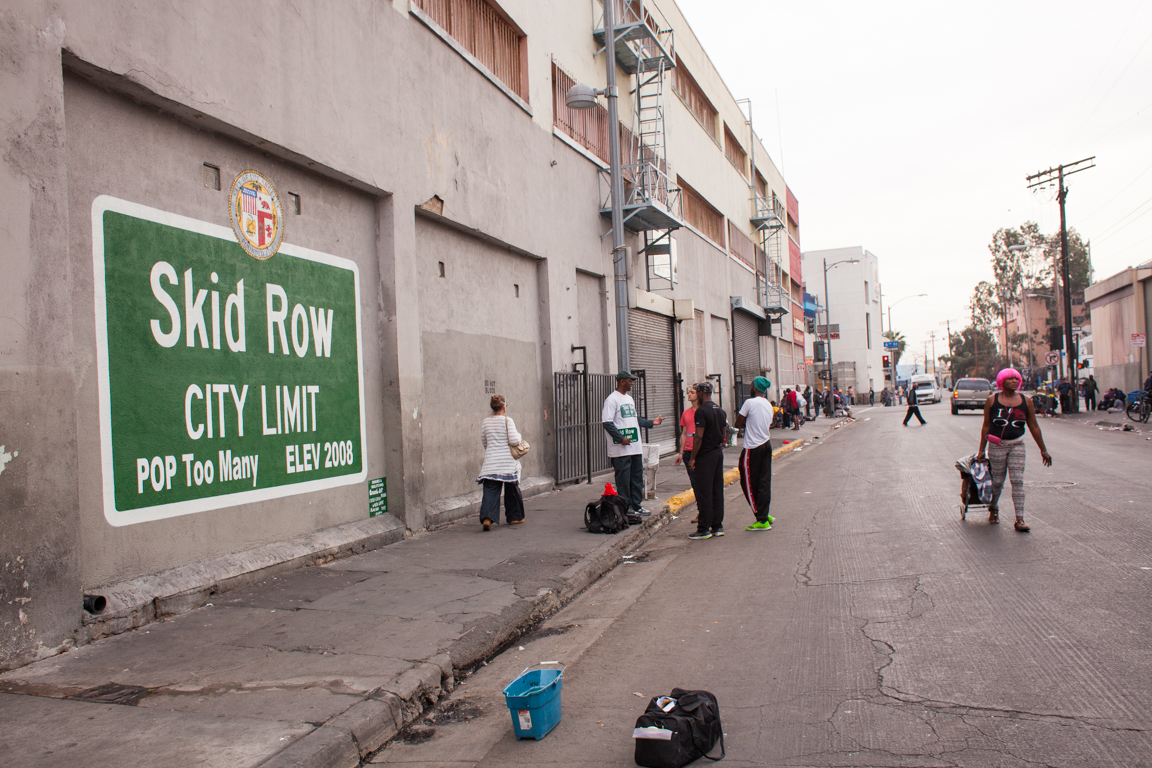[[Editor’s Note: Paul Madison of the Culver Alliance for Quality of Life activist group delivered this statement at last Monday night’s City Council meeting just before a revised mixed-use ordinance was, effectively, passed.]
Culver City has mixed-use fever. So do a great many other cities in this country, and there are good reasons for it.
U.S. population estimates project there will be 40 million more Americans by the 2020’s. Six million of them will live here in Southern California.
Urban developers and city planners know the time to prepare for population pressure is now. Mixed-use developments and redevelopments provide three benefits in
urban environments:
New residences,
Less sprawl and
Fewer congested streets.
The mixed-use projects we’ve seen in Culver City have only provided the first of these benefits.
In Los Angeles, they're building mixed-use projects close to convenient public transportation in the hope that one
day Los Angeles, like New York, will be a place where few people need to own a car.
I think that's a noble idea.
Los Angeles is still building the infrastructure for mixed-use. They're focusing their mixed-use buildings
around the rail lines downtown and into Hollywood.
Culver City’s rail future is uncertain. But when the rail lines arrive they should be convenient for commuters in Culver City's mixed-use projects. Without it, mixed-use only makes our community denser.
Mixed-use should be applied wisely or not at all. We should return to the General Plan and decide where mixed-use is appropriate.
South Sepulveda, for instance, is not appropriate unless a rail line is anticipated
in the area. At the same time we should re-examine height to make Culver City a place that will continue to attract new residents and businesses.
Many Culver City residents have said they don’t want four- or five-story buildings built next to their homes. There are places in Culver City where four or five stories, or more, is appropriate. But next to single-family dwellings, 45 feet is too high.
Projects shouldn't dwarf their
surroundings. If they’re built near single-family homes, they shouldn't be taller than three stories.
I don't think allowances should be made for more density or height in return for concessions by developers to add community benefits.
Developers in the past have added community benefits such as additional public parking for nothing less than an
increased chance of approval.
Furthermore, I think the kind of development and redevelopment that benefits Culver City the most is the type we've seen in the last 10 years, not the last two since Culver City's mixed-use ordinances were
first passed.
In the last decade, Culver City has
become a world-class destination for the arts, theater and fine dining. That's the kind of Culver City I want to see.
Paul Madison may be reached at publius1024@yahoo.com.







